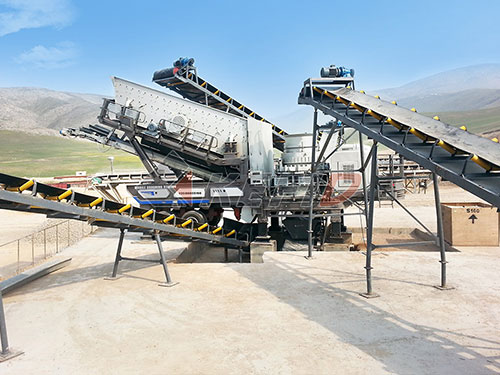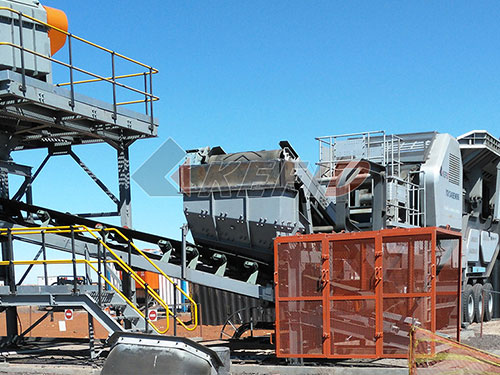Mobile Secondary Crushing: Overview and Key Considerations
Mobile secondary crushing refers to the use of portable crushers to further process materials after primary crushing, typically in mining, quarrying, and recycling applications. These systems offer flexibility, efficiency, and reduced transportation costs by processing materials on-site.

Key Components of Mobile Secondary Crushing Systems
1. Crusher Types:
– Cone Crushers: Ideal for hard and abrasive materials (e.g., granite, basalt), producing well-shaped aggregates.
– Impact Crushers: Suitable for softer or recycled materials (e.g., limestone, asphalt), offering high reduction ratios.
– Jaw Crushers (for secondary): Less common but used for specific applications requiring coarse output.
2. Mobility Features:
– Track-mounted or wheeled chassis for easy relocation.
– Self-contained power (diesel or electric) for remote operations.
– Compact designs to fit constrained sites.
3. Feed System:
– Receives pre-crushed material from primary crushers (e.g., jaw or gyratory crushers).
– May include vibrating feeders or conveyor belts for consistent material flow.
4. Screening Integration:
– Some units feature built-in screens to classify output into desired sizes (e.g., 0–5mm, 5–20mm).
– Closed-circuit designs recirculate oversized material for re-crushing.
Advantages
– Flexibility: Rapid setup and relocation between job sites.
– Cost Savings: Reduces trucking needs by processing on-site.
– Scalability: Can be paired with mobile primary crushers and screens for full mobile crushing circuits.
– Environmental Benefits: Lowers dust and noise vs. fixed plants in some configurations.

Applications
– Aggregate production (road base, concrete aggregates).
– Recycling (concrete, asphalt demolition waste).
– Mining operations (ore processing).
Selection Considerations
1. Material Hardness/Abrasiveness: Dictates crusher type (cone vs. impact).
2. Output Size Requirements: Fine aggregates may need cone crushers; impact crushers excel at mid-range sizes.
3. Production Capacity: Match throughput to primary crusher output (e.g., 150–400 tph for mid-sized operations).
4. Mobility Needs: Track-mounted units suit rough terrain; wheeled options favor road mobility.
Popular Models
– Sandvik
Leave a Reply